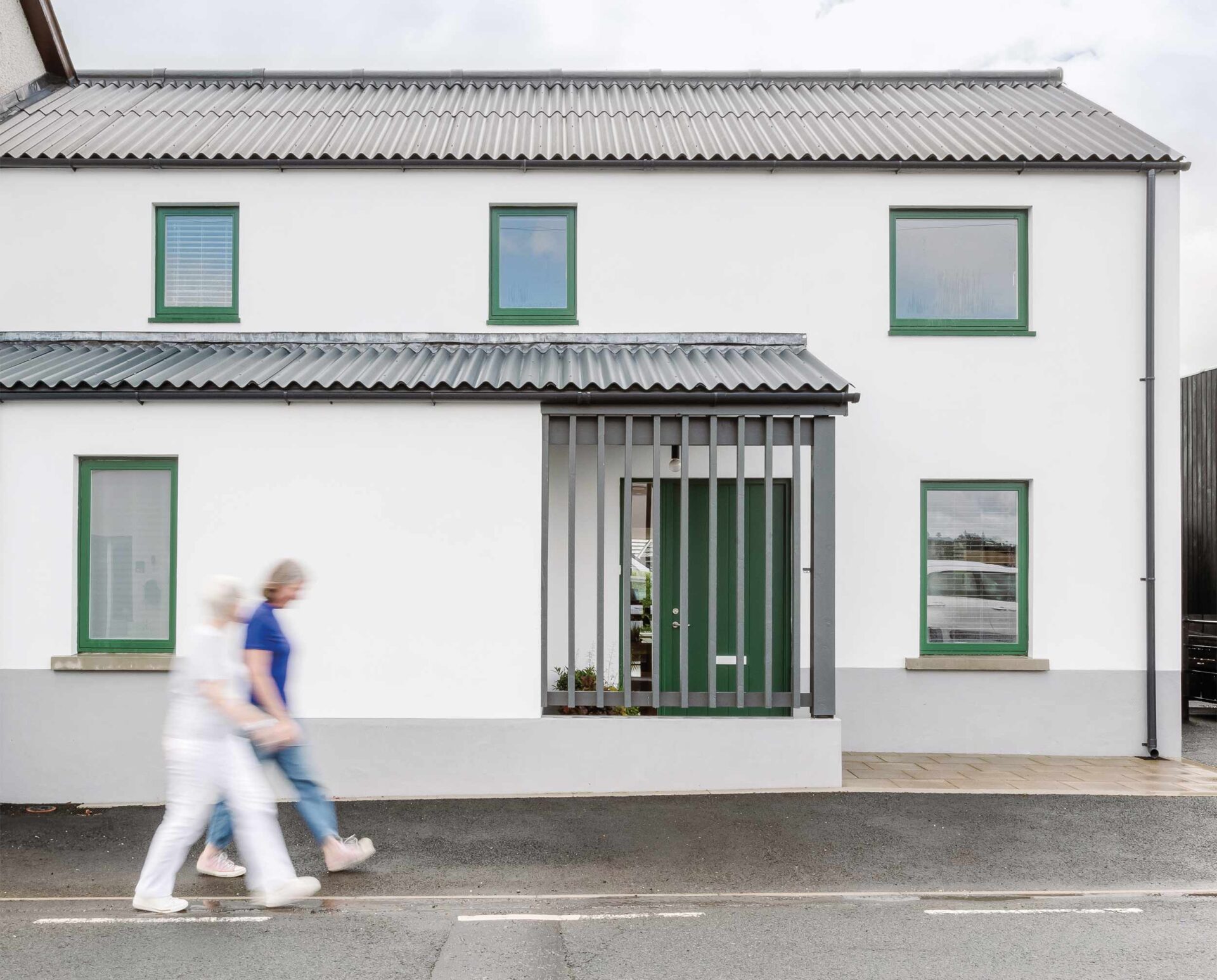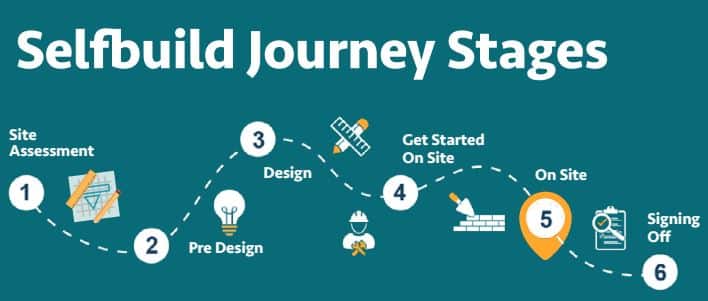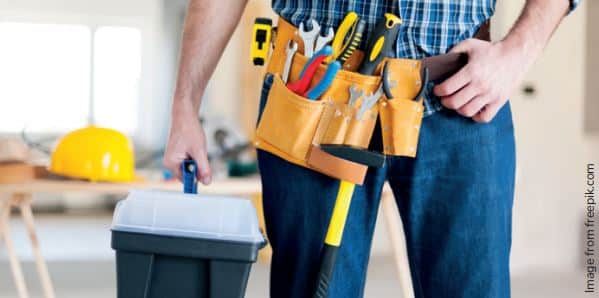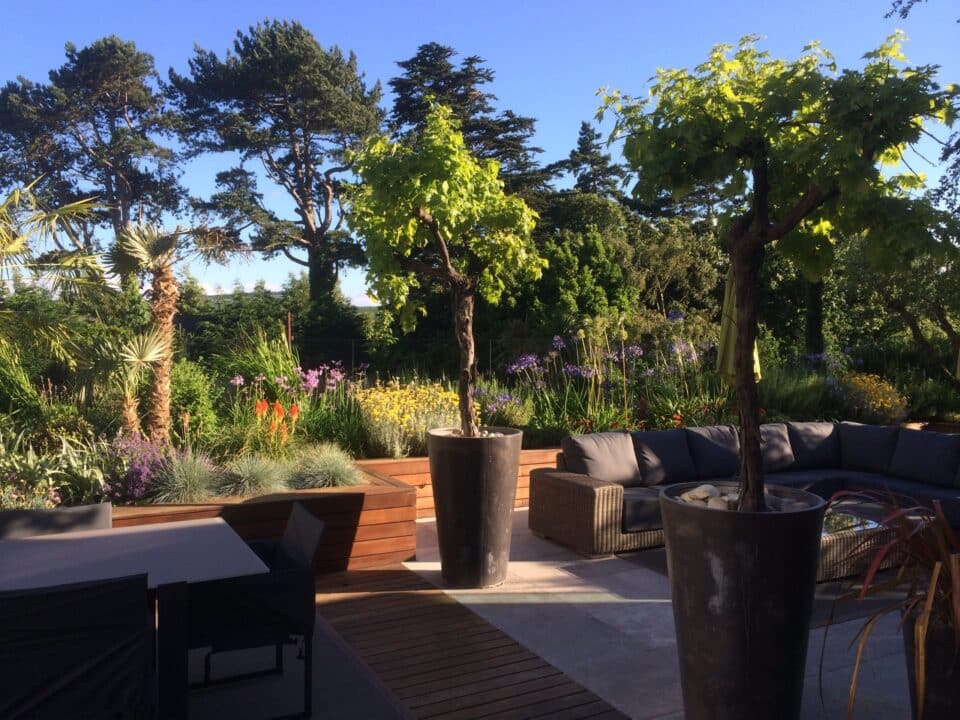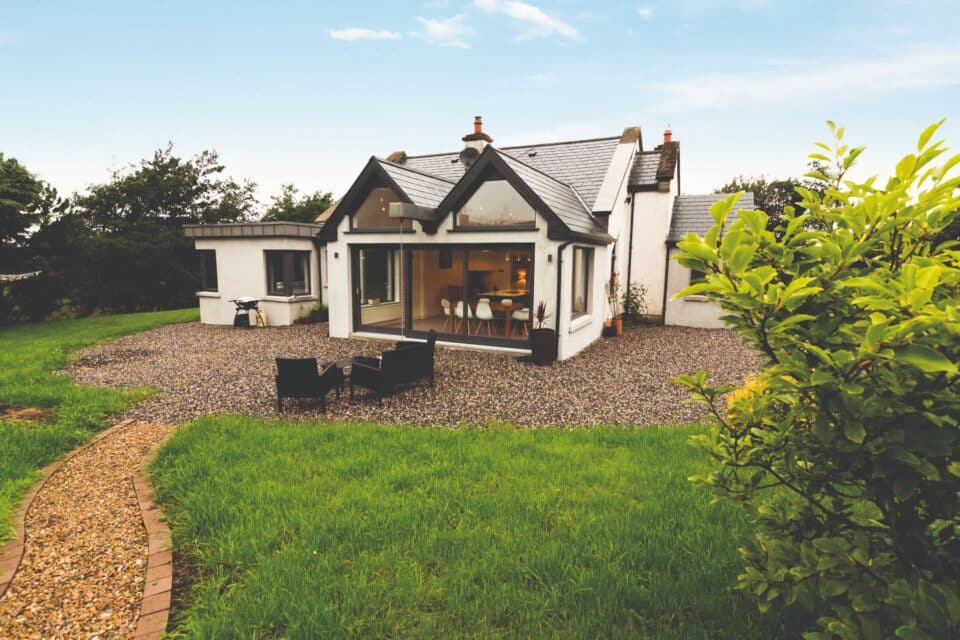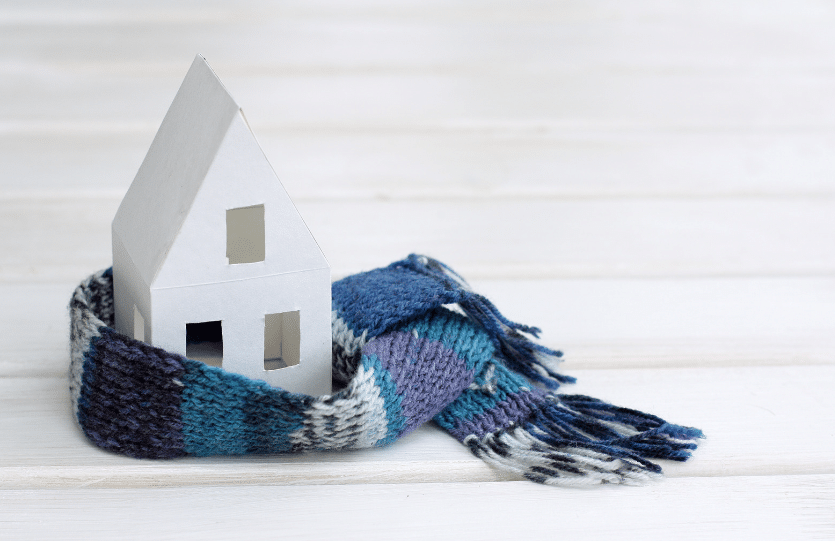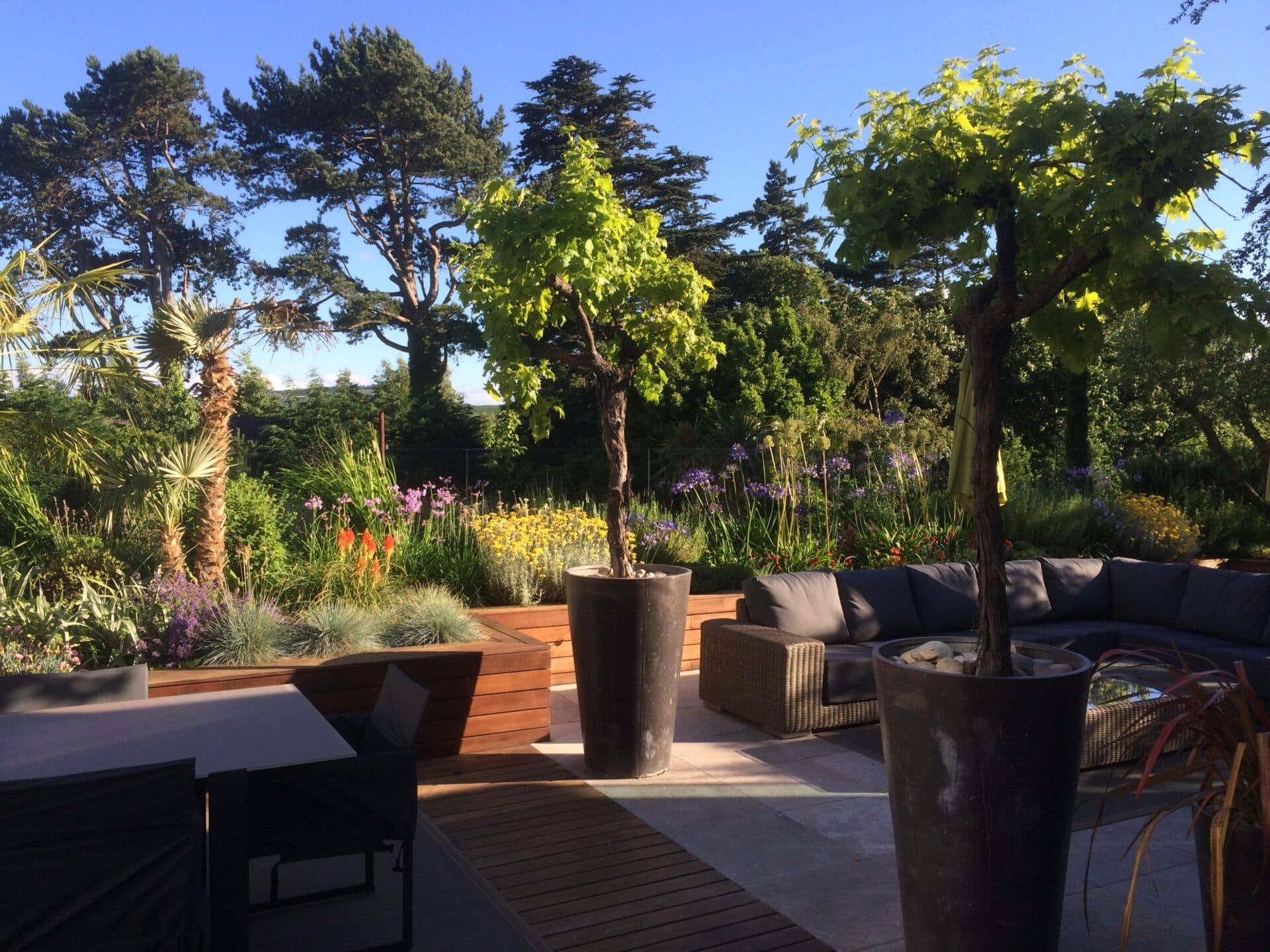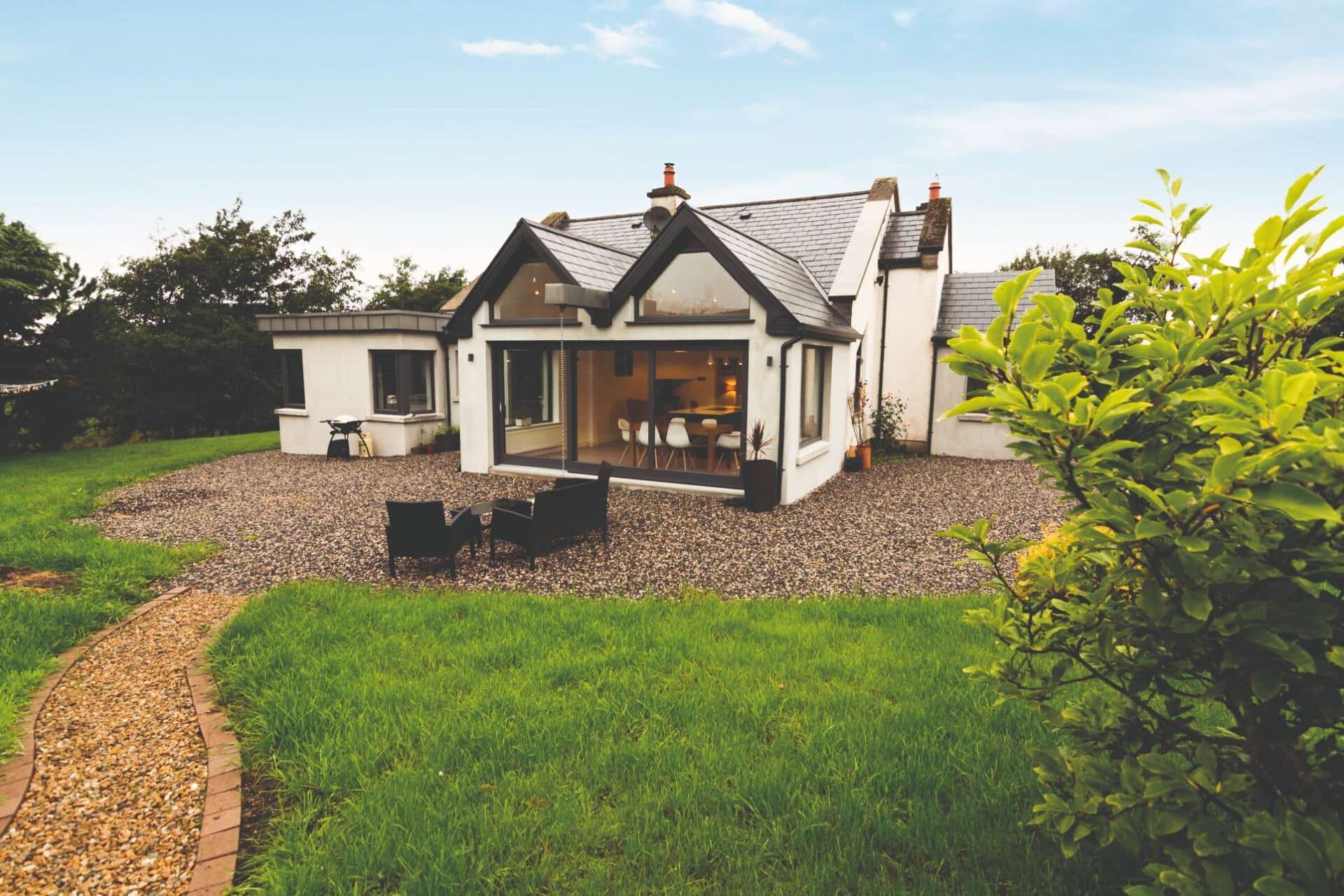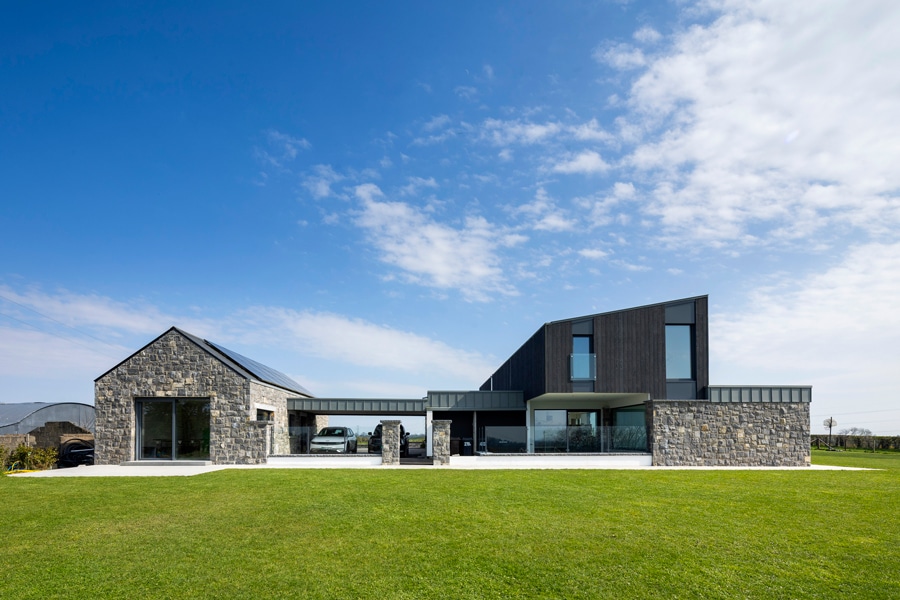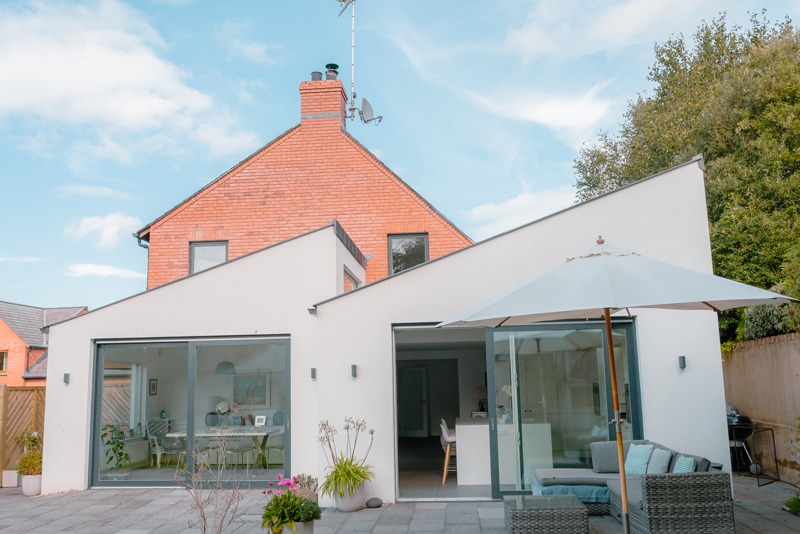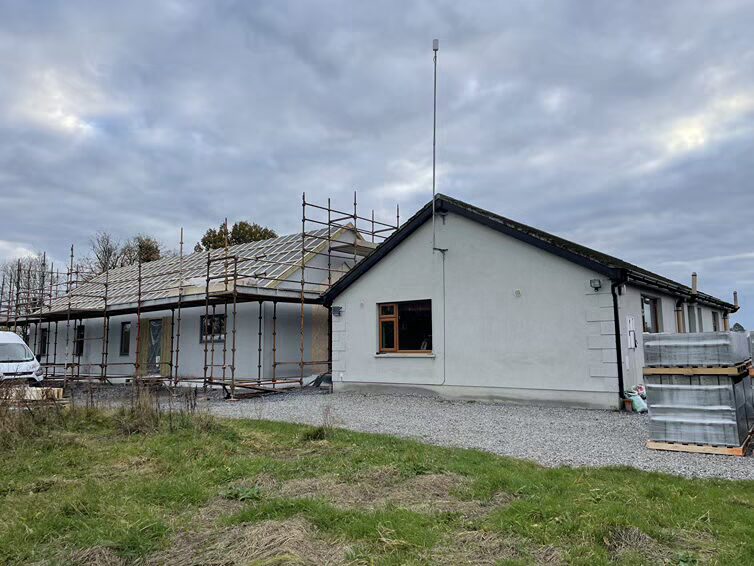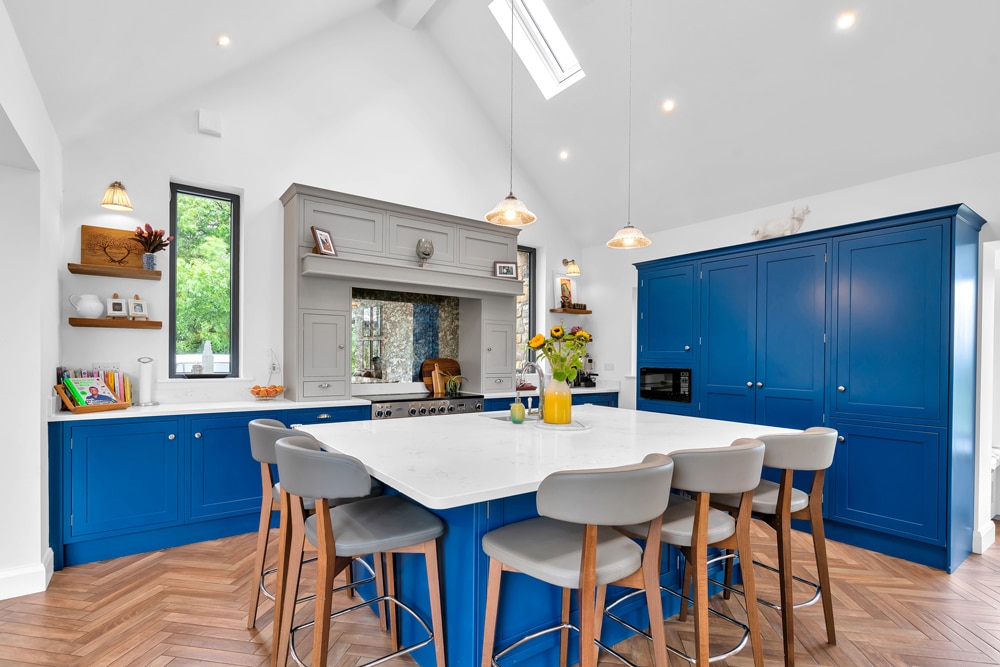What to expect now that the house is weathertight, including first and second fix and how much the trades cost.
In this article we cover:
- What to expect now that the house is weather tight
- What is first and second fix
- How much do the trades cost?
After the main structural work on foundations, walls, floors and roof has been completed on your building job, the next stages will include some quite complex and expensive work, so decisions to alter a design now can have a significant impact on your budget.
Want to hear a golden rule of self-building? If anyone suggests to you a ‘better’ way to do something than that which has previously been carefully considered, designed-in and agreed, do not give a knee-jerk answer but take time to consider the pros and cons.
If a product, process or method is to be substituted by an alternative, a good phrase to use is, “Your idea sounds reasonable, but give me a note of the cost difference and I will give you my decision”. But don’t make your decision purely on cost and if in doubt, ask your designer.
In the song ‘The Boxer’ penned some 57 years ago (I know, unbelievable!) by Paul Simon, the phrase “a man hears what he wants to hear and disregards the rest” is a universal truth and particularly pertinent in the self-builders’ world.
What is first and second fix?
In a domestic construction project, the two principal internal works stages are usually referred to as ‘first fix’ and ‘second fix’.
First fix work includes the construction and installation of everything which will later be concealed, such as timber or lightweight (cold-rolled) steel framing, most insulation, cables, conduits, pipes and ducts.
Second fix refers to the fixtures which will remain visible, such as sanitaryware, fitted joinery, lights, switches, tiles, etc.
After the main structural work on foundations, walls, floors and roof has been completed on your building job, the next stages will include some quite complex and expensive work, so decisions to alter a design now can have a significant impact on your budget.
The tradespeople working on the various installations will typically complete their first fix works and then come back after a suitable drying out period when the house is ready for the second fix phase. Most of the internal wet trades such as plastering, screeding and some tiling, will occur around the end of the first fix phase. Skimming, the final step in the plastering process, occurs later.
It would be exceptional for a designer to get clients to pin down each and every internal finish or product at the design stage, therefore many of these decisions tend to be made during the second fix phase, so care needs to be taken to ensure that chosen fixtures and finishes can be correctly accommodated.
Any self-builder will find at times that work which is needed by one trade might not have been fully carried out by another trade beforehand. A clear set of working drawings will already have identified where services penetrate walls, floors and roofs and where fixtures require extra structural support.
Programme planning and site supervision will then identify inform and control who is responsible for what. Good communication on and off site is vital.
Note that there can be some confusion as to what should be regarded as first and second fix (and so-called ‘final fix’) and tradespeople will have their own interpretation of what is included in each phase. Therefore, if engaging contractors to complete just part of the job, a schedule of works will form an indispensable part of the contract.
The watchpoints in the following pages have been selected from those items which can at times be problematical and include some lesser known ones which might not necessarily be covered by building regulations or the certifier’s checklist.
How much do the trades cost?
We’ve gathered what the online platform onlinetradesman.ie says are the going rates for 2025 for the main trades involved in first and second fix in ROI. Price estimates are for labour only excluding materials and VAT.
Carpenter. Daily rates are pegged between €250-300 and the hourly rate at €40-50. Floor installation costs range from an average of €45/sqm for laminate and natural wood, to €50/sqm for engineered wood and €70/sqm if any of these have a herringbone pattern. Skirting boards are fitted on average for €30/sqm, while hall panelling commends an average of €120/sqm, and decking €100/sqm. A built-in wardrobe (double) on average costs €1,650, a new door installation €130, alcove shelving €2,000, understairs storage €1,550 and a small shaker style kitchen install (eight cabinets and one set of drawers) €5,000.
Plasterer. The cost for skimming is €150-€700 per room, taping and jointing (drylining) is €150-€350 per room. Externally, both wet dashing (rough cast) and pebble dashing (dry render) range from €1,500 to €4,000.
Plumber. Costs from 2024 showed plumbers charged between €52 to €93 per hour, with an average of €72/hr. A comprehensive plumbing job for a three-bed house ranges from €4,326 to €8,240.
Electrician. Costs from 2024 showed rewiring costs ranged from €2,800 to €15,500, with the average cost falling between €6,200 to €8,200 for a typical three bedroom house.
Tiler. Daily rates from 2024 ranged from €228 to €340 with labour intensive tiles on the higher end; Dublin as a location will also be costlier. Pricing the job per sqm, standard floor tiling came in at €30, mosaics and marble €60+, patterned and stone €50+. Tiling underfloor heating added €10/sqm, external floors add €20/sqm. Additional costs to consider include grouting, trim, adhesive, on average €15 extra per sqm. Difficult access or room size can add €170-€450 to the job.
Painter. While some painters may still offer daily rates (averaging €210 in Dublin and €160 outside Dublin), painters prefer to price per job. For a small house, from 90- 140sqm, the average price quoted was €2,500 for internal painting and €2,000 for external. For a medium house, from 140 to 230sqm, €3,500 for internal and €2,800 for external. For a large house, 230-325sqm, €4,500 internal and €3,700 external, and for a very large house, 330+sqm, €5,500 internal and €4,500 external.

